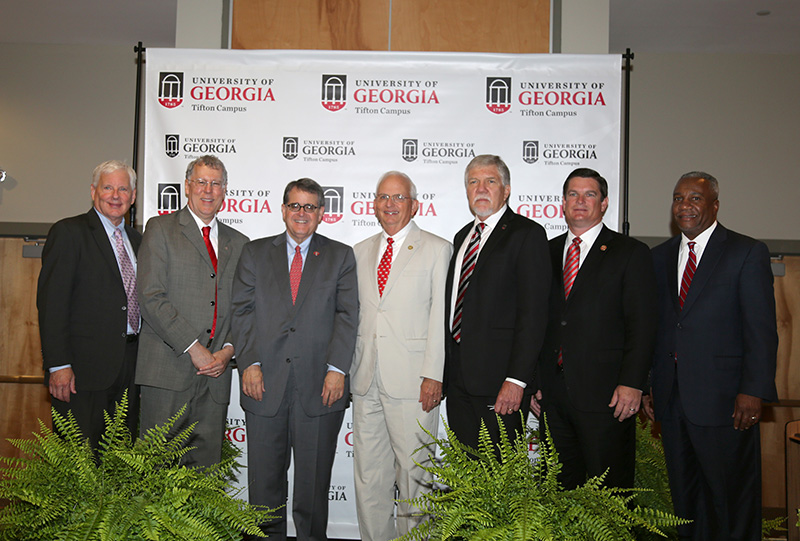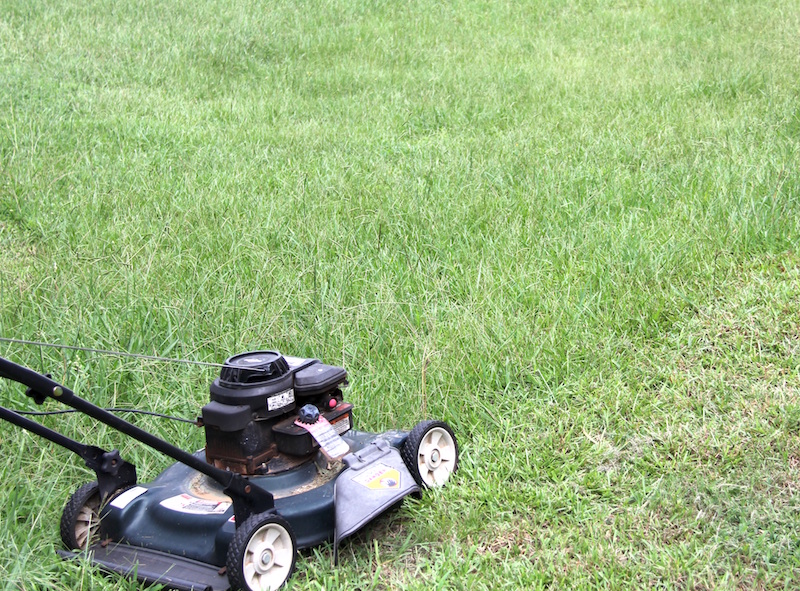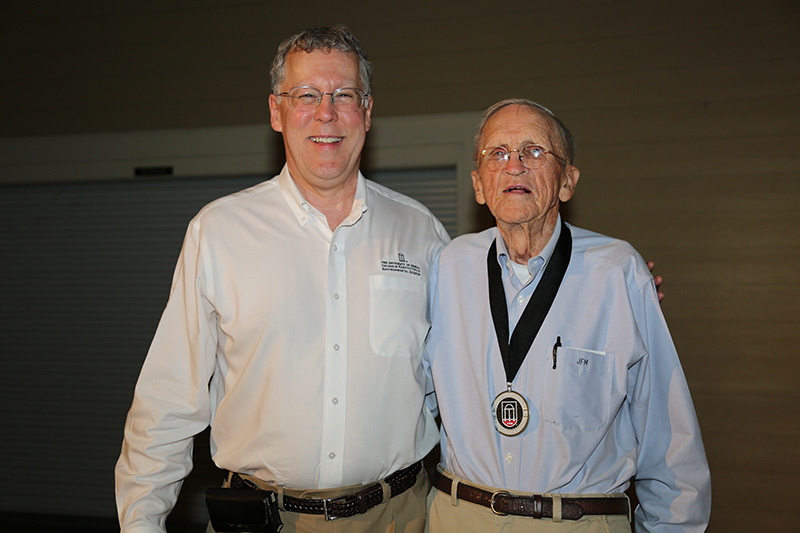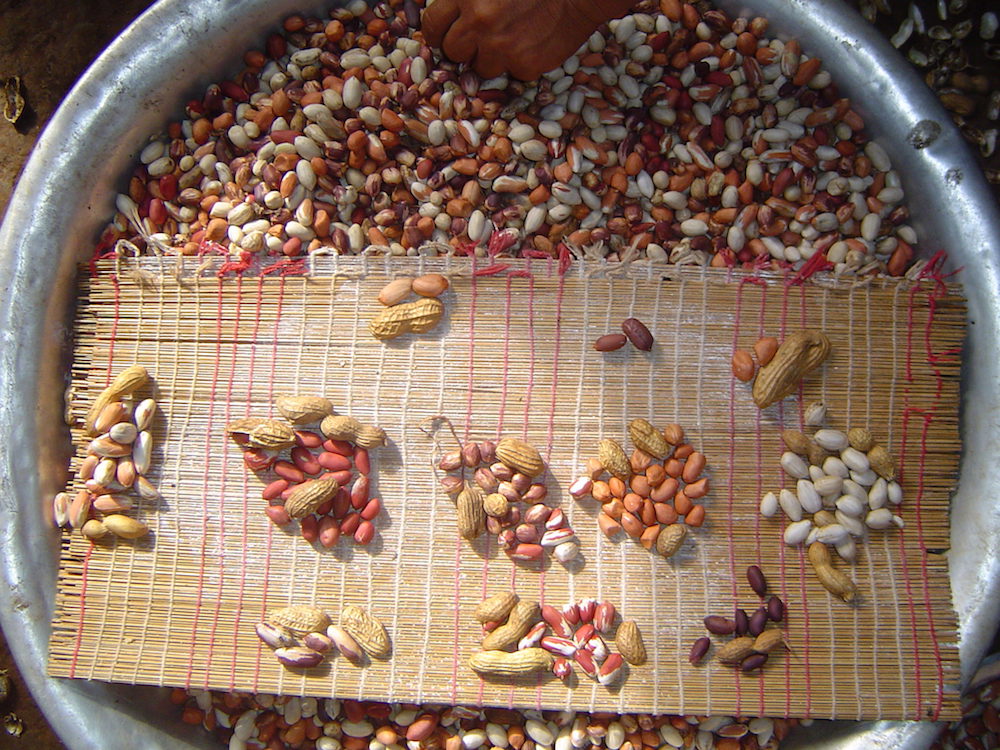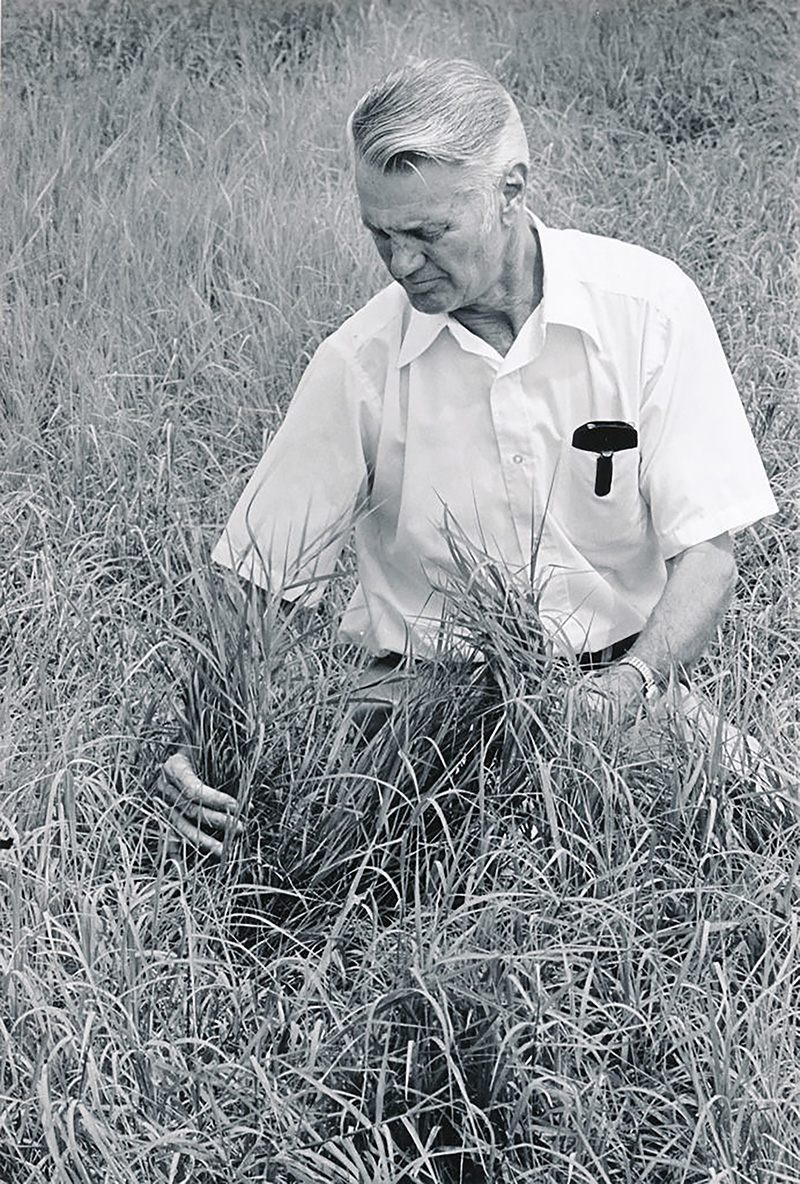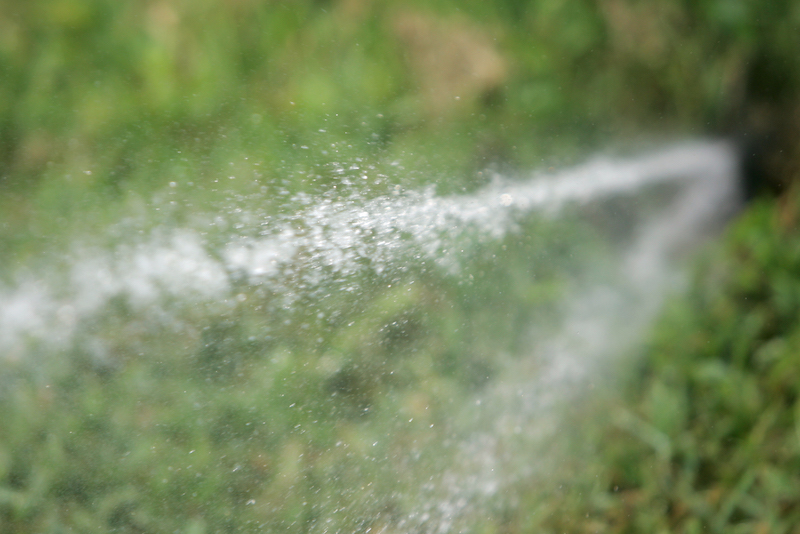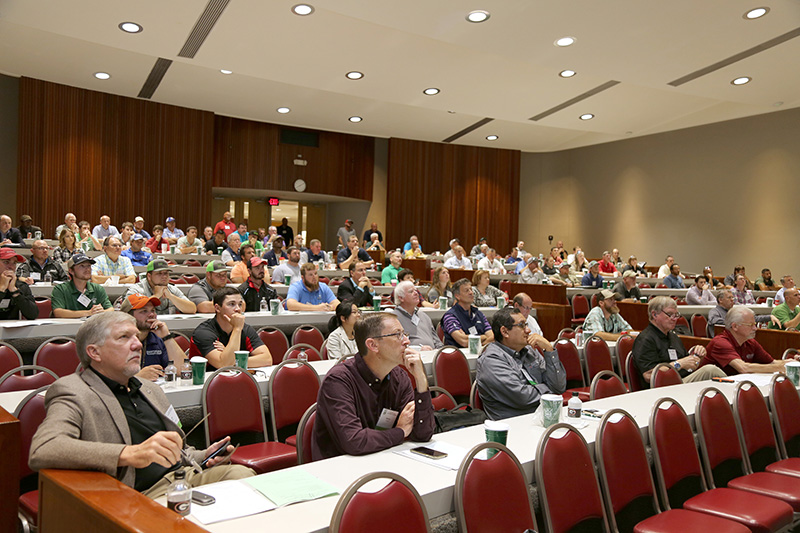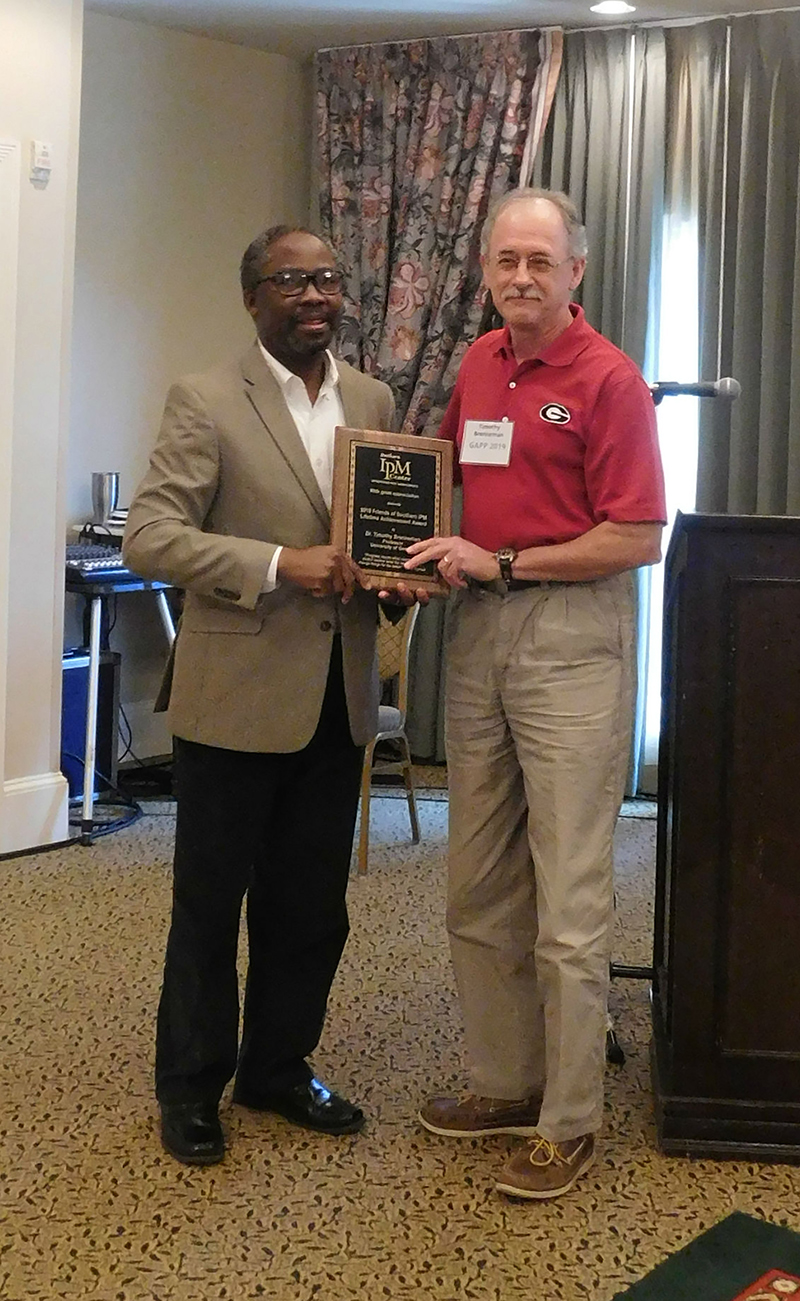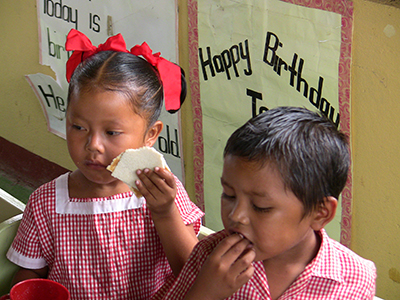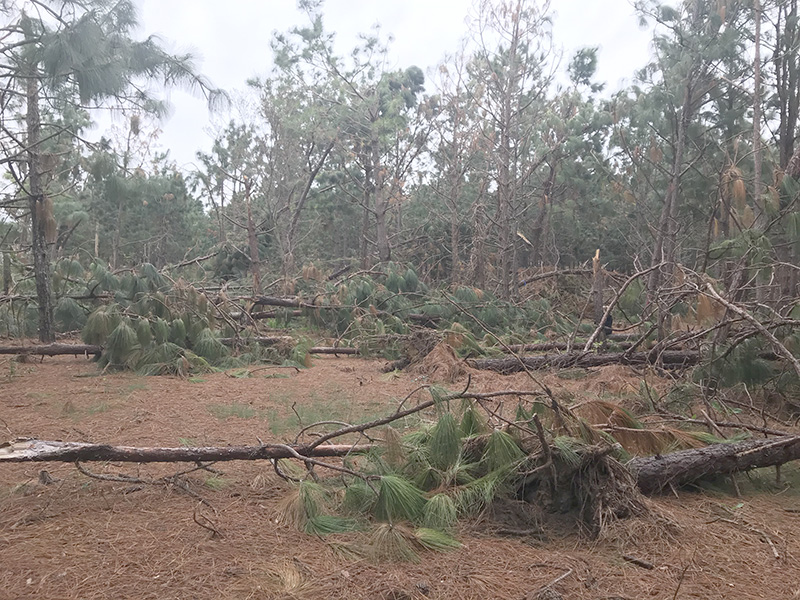 CAES News
CAES News
No Relief
Agricultural producers in the region damaged most by Hurricane Michael are struggling to recover from this disaster without additional federal assistance, even as the 2019 spring planting season is now fully underway. A recent survey of Cooperative Extension county agents in Florida and Georgia showed that there is a great deal of continued uncertainty about future production in affected areas.

